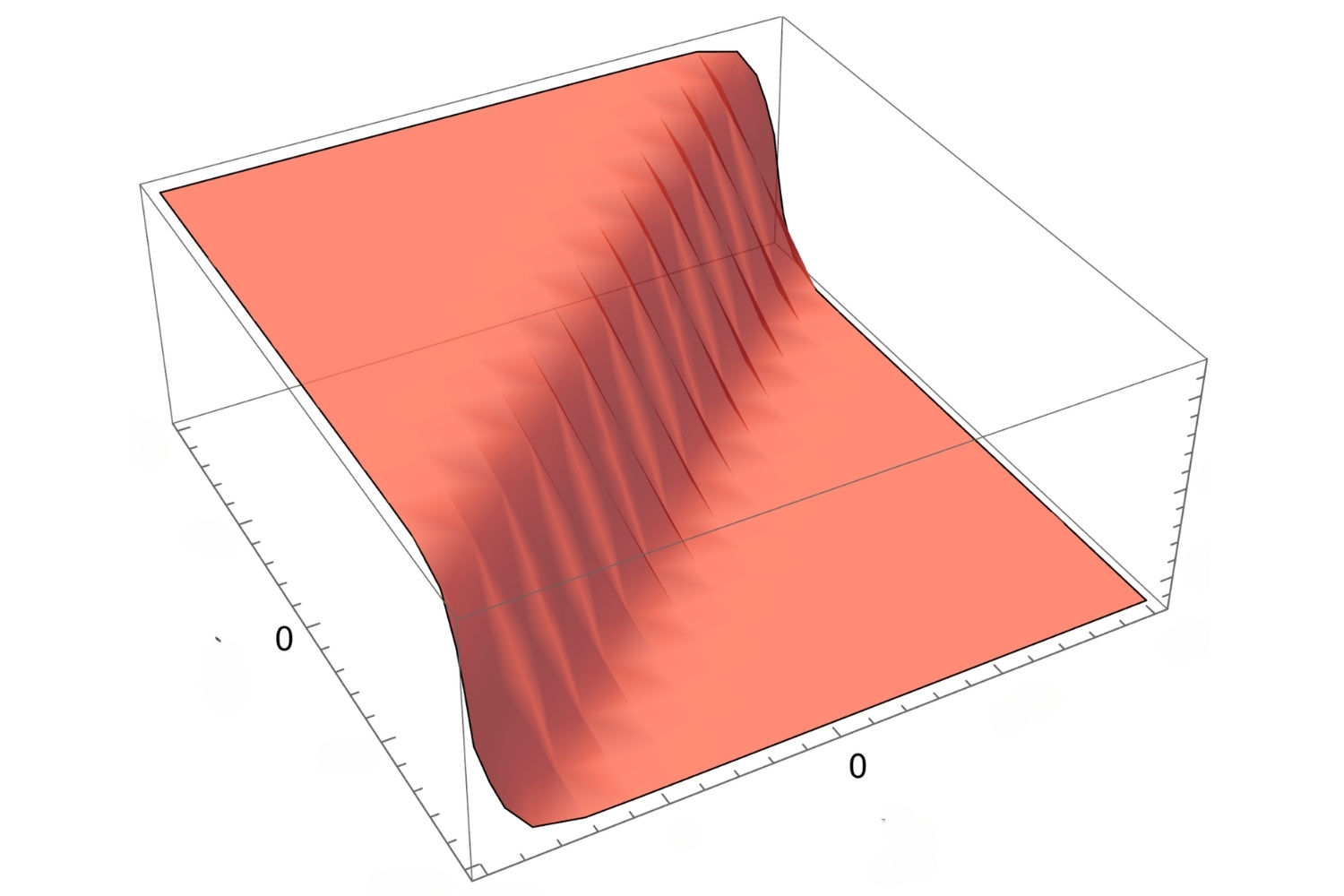
What is a Lagrangian? A Lagrangian is a mathematical function used in physics to describe the dynamics of a system. It combines kinetic and potential energy to provide a comprehensive view of how objects move and interact. This concept, named after the mathematician Joseph-Louis Lagrange, plays a crucial role in classical mechanics, quantum mechanics, and even general relativity. Understanding Lagrangians can help explain everything from the motion of planets to the behavior of subatomic particles. Whether you're a student, a physics enthusiast, or just curious, these 33 facts will give you a deeper appreciation of this fundamental concept.
What is a Lagrangian?
A Lagrangian is a mathematical function used in physics to describe the dynamics of a system. It plays a crucial role in the formulation of classical mechanics, quantum mechanics, and field theory. Here are some fascinating facts about Lagrangians.
-
Named after Joseph-Louis Lagrange, an 18th-century mathematician and astronomer.
-
The Lagrangian function is typically denoted by the letter L.
-
It is defined as the difference between kinetic energy (T) and potential energy (V) of a system: L = T – V.
-
Lagrangians are used to derive the equations of motion for a system through the principle of least action.
-
The principle of least action states that the path taken by a system between two states is the one for which the action is minimized.
-
Action is the integral of the Lagrangian over time.
Applications in Classical Mechanics
Lagrangians are fundamental in classical mechanics, providing a powerful method to analyze the motion of particles and rigid bodies.
-
They simplify the process of deriving equations of motion compared to Newton's laws.
-
Lagrangians can handle constraints more easily than Newtonian mechanics.
-
They are particularly useful in dealing with systems with many degrees of freedom.
-
The Euler-Lagrange equation is derived from the Lagrangian and is used to find the equations of motion.
-
In classical mechanics, the Lagrangian does not depend explicitly on time for conservative systems.
-
For non-conservative systems, the Lagrangian can include time-dependent terms.
Role in Quantum Mechanics
Lagrangians also play a significant role in quantum mechanics, where they are used in the path integral formulation.
-
Richard Feynman introduced the path integral formulation using Lagrangians.
-
In quantum mechanics, the action is used to calculate the probability amplitude of a particle's path.
-
The path integral formulation sums over all possible paths a particle can take, weighted by the exponential of the action.
-
This approach provides a different perspective compared to the Schrödinger equation.
-
Lagrangians in quantum mechanics often include terms for fields and particles.
-
They are essential in the formulation of quantum field theory.
Importance in Field Theory
In field theory, Lagrangians describe the dynamics of fields, such as the electromagnetic field.
-
The Lagrangian density is used instead of the Lagrangian for continuous fields.
-
The Lagrangian density is integrated over space and time to obtain the action.
-
Maxwell's equations for electromagnetism can be derived from a Lagrangian density.
-
The Standard Model of particle physics is based on a Lagrangian that includes terms for all known fundamental particles and their interactions.
-
Gauge theories, which describe fundamental forces, are formulated using Lagrangians.
-
The Higgs mechanism, responsible for giving particles mass, is described by a Lagrangian.
Advanced Topics and Generalizations
Lagrangians have been generalized and extended in various ways to address more complex systems and theories.
-
In general relativity, the Einstein-Hilbert action is a Lagrangian formulation of the gravitational field.
-
Supersymmetry theories use Lagrangians that include terms for both bosons and fermions.
-
String theory employs Lagrangians to describe the dynamics of one-dimensional objects called strings.
-
The concept of a Lagrangian can be extended to discrete systems and networks.
-
Lagrangians are used in optimal control theory to find the best way to control a system.
-
They are also applied in economics to optimize resource allocation.
-
In biology, Lagrangians can model the dynamics of populations and ecosystems.
-
The Noether theorem links symmetries in the Lagrangian to conservation laws.
-
Lagrangians continue to be a central tool in theoretical physics, providing insights into the fundamental nature of the universe.
The Final Word on Lagrangians
Lagrangians might seem complex, but they’re crucial in physics and engineering. They help us understand motion, energy, and forces in a way that’s both elegant and practical. From classical mechanics to quantum field theory, Lagrangians provide a framework that simplifies the equations governing the universe.
Whether you're a student, a professional, or just curious, grasping the basics of Lagrangians can open up a whole new world of understanding. They’re not just abstract concepts; they have real-world applications in everything from designing roller coasters to predicting planetary orbits.
So next time you hear about Lagrangians, remember they’re more than just mathematical expressions. They’re tools that help us decode the mysteries of the physical world. Keep exploring, keep questioning, and who knows? You might just uncover the next big breakthrough in science.
Was this page helpful?
Our commitment to delivering trustworthy and engaging content is at the heart of what we do. Each fact on our site is contributed by real users like you, bringing a wealth of diverse insights and information. To ensure the highest standards of accuracy and reliability, our dedicated editors meticulously review each submission. This process guarantees that the facts we share are not only fascinating but also credible. Trust in our commitment to quality and authenticity as you explore and learn with us.
